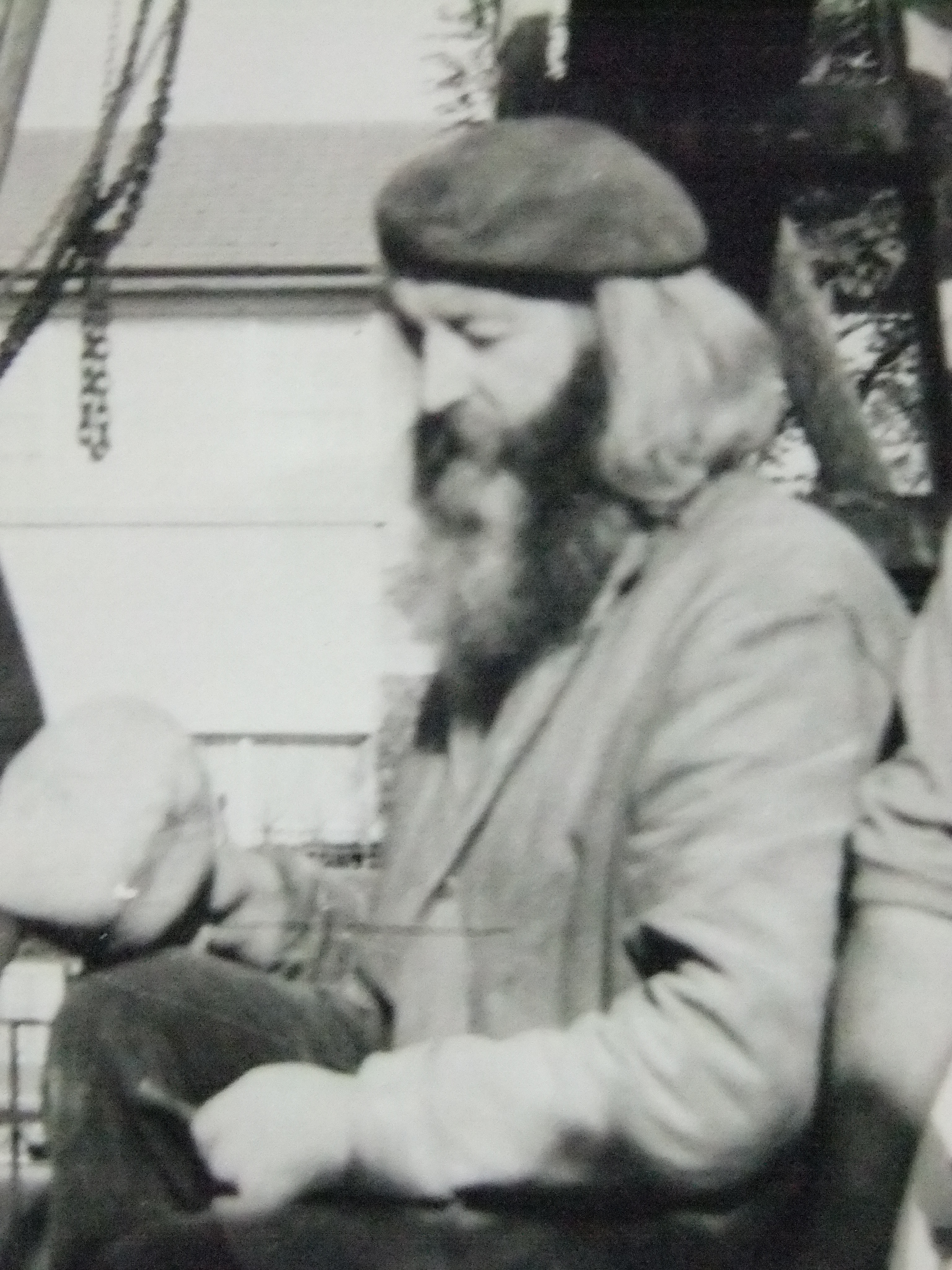

This outlines the story of Master sculptor James Power.

James Joseph Power (4 May 1918 in Phibsborough, Dublin – 13 April 2009 in Dublin) was an Irish sculptor, who like his sister May Power (1903-1993) learnt from his father Albert Power (1881-1945).[1] He is known for sculpting (in 1956) the 1916 memorial on Sarsfield Bridge in Limerick. Like his father, he was often called upon to do death masks, and did so for Brendan Behan in 1964.[2]
The entire family (including several brothers) worked in their celebrated sculpture yard on Berkeley Road, in Phibsborough.[3]
James Power studied sculpture under Oliver Sheppard and painting under Sean Keating at the National College of Art and Design in Dublin.[2]
His numerous portraits and statues of notatable people include Irish president Erskine Childers,[4] American president John F. Kennedy,[5] Irish language writer Mairtin O’Cadhain, Irish ascetic Matt Talbot,[6] Father Eugene O’Growney and Irish national anthem composer Peadar Kearney.[2]
His works were included in the Royal Hibernian Academy Annual Exhibition in 1941 and 1942[7] and he was a frequent exhibitor at the Oireachtas na Gaeilge.[2]
In 1956, after several delays he finished sculpting the 1916 memorial in Limerick from a design first proposed in 1936 by his father Albert.[8]
Official Works of Art are as follow’s:


2. Next we have the Monument to the 1916 Rising on Sarsfield Bridge, Located in Limerick City Ireland.

James Power, an artist of remarkable talent, has adeptly translated the essence of Kearney’s character into this sculpture. The bust reveals Kearney not just as a figure of historical significance, but as a man of depth and complexity. The artist’s choice of medium and technique brings Kearney to life, with each chisel stroke and sculpted detail reflecting the dedication and respect Power holds for his subject.
The artist’s keen eye for detail is evident in the way Kearney’s features have been rendered. There is a lifelike quality to the eyes, a certain intensity that seems to capture the spirit of the man who played such a pivotal role in the cultural revival of Ireland. The thoughtful expression, the subtle play of light and shadow across the face, all contribute to a sense of realism that transcends the limitations of the medium.
This sculpture bust is not merely a representation of Peadar Kearney; it is a celebration of his legacy, crafted with the utmost skill and reverence by James Power. It stands as a poignant reminder of Kearney’s enduring influence in the hearts and minds of the Irish people, a physical embodiment of the cultural and patriotic spirit he so ardently championed
A veteran of the 1916 Rising and the War of Independence, Peadar Kearney is best known as the author of the lyrics of ‘The Soldiers Song’, which later became the Irish national anthem, ‘Amhrán na bhFiann’. Although he lived nearby in Inchicore, he had no direct connection with Kilmainham Gaol other than serving as the prison censor for the Free State during the Civil War.